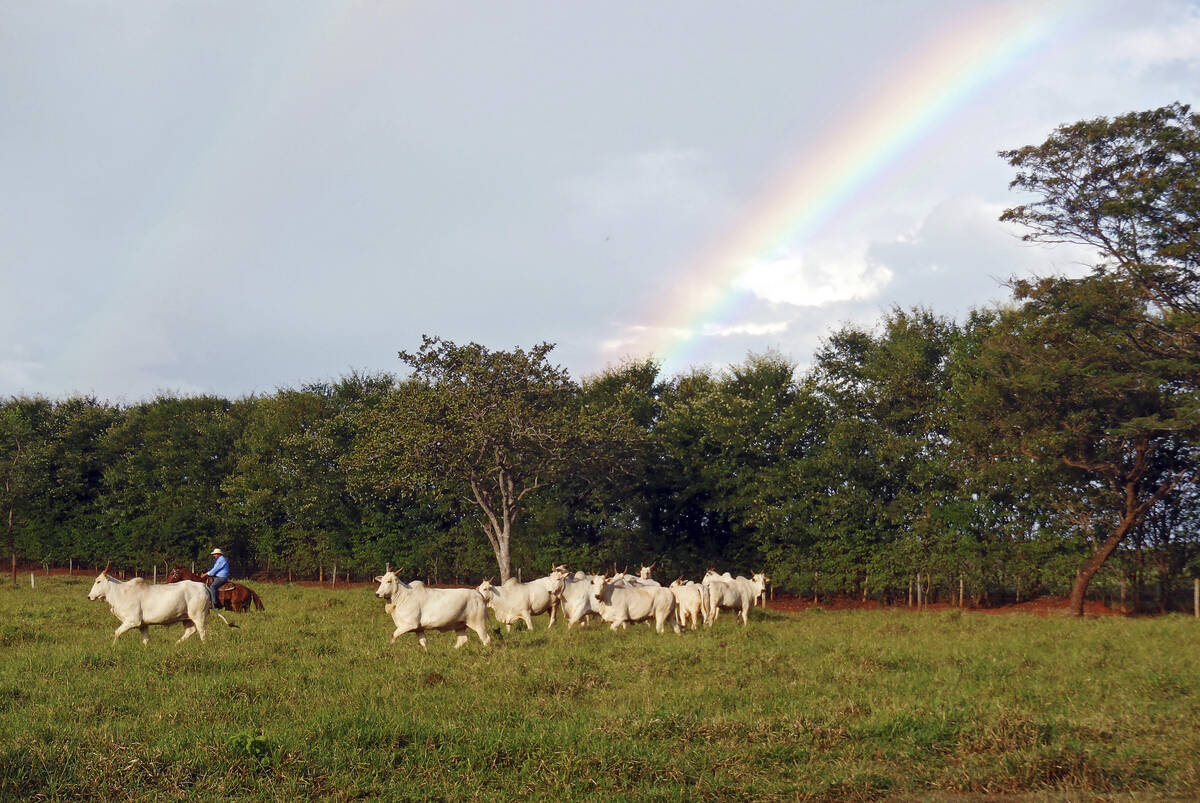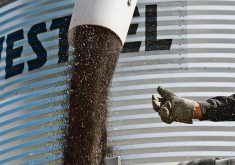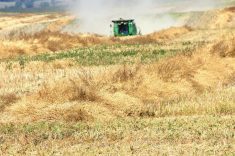If you squeeze a few extra drops out of an orange while making juice, you’ll get an extra sip.
But what if you squeezed out a few extra drops from 1,000 oranges? You’d get a lot more orange juice. This is what’s known as marginal gains theory.
The brainchild of British cycling coach David Brailsford, marginal gains theory is the concept of tiny changes that add up over time.
Read Also

Investigation links green fuel to deforestation
A Texas refinery that supplies green fuel to U.S. airlines has been purchasing animal fat from cattle raised on illegally cleared lands in the Amazon rainforest, according Reuters.
The theory’s three principles are:
- The change must be small, but the outcome must be large.
- The change should be easy or simple to apply.
- The change should be relatively inexpensive to deliver.
An example from James Byrne, an Ontario government beef cattle specialist, illustrates the theory with average daily gain at a feedlot.
If a producer buys a calf at 650 pounds and sells it at 1,520, they need a gain of 2.2 lb. for 150 days and three lb. for the next 180 days. If those numbers improved by one per cent, the animal comes out weighing 1,528.7 lb. That’s 8.7 lb. more, and if you have 1,000 calves, that’s 8,700 lb. That’s a significant bump in gross revenue.
But if a change isn’t easy to implement, the cost will be irrelevant.
“If the practical application of it is challenging, then the producer is not going to adopt it,” says Byrne.
Ideally, for the theory to be at its functioning best, it must hit the trifecta. Success is possible with one or two boxes ticked, but when all three coincide, a producer starts to win big.
When Ryan Galbraith thinks about small changes at his Minnedosa, Man., farm, one of them doesn’t involve getting his hands dirty. The small gains he’s worked on are between the ears.
A small, incremental, yet always difficult, challenge for the young farmer has been delegation. When Galbraith returned to the farm 15 years ago, it was just him and his father. The two of them worked day in and day out, doing all the jobs themselves.
Now, Galbraith is much better about delegating and has employees, a change with big rewards.
“In the early years, you feel like you can still do things better than the next person, but I’ve come to understand what freeing your time up as the manager can do for the operation,” he says.
For several years, the family had a granular fertilizer and seed tender truck and a liquid fertilizer tender truck. This meant their employee was run off his feet 12 to 16 hours a day managing both. So they combined everything into one unit and sped things up in the yard with a different-sized auger for the fertilizer.
“All of a sudden, the guy had a spare hour or two every fill to do truck maintenance or work around the yard before he had to come back to the field.”
Another change with a big gain was with their sprayer setup. They had a single small chemical handler and would splice every jug as they were filling the sprayer. The process itself usually took about 15 minutes per fill. Galbraith decided a change was needed, so he built his own dash trailer on a flat deck trailer.
Today, they have four chemical handlers on the flat deck with chemical pre-loaded. The sprayer pulls up beside the trailer and chemical is pumped immediately.
“It went down from about 15-minute fills to five.”
The changeover cost about $80,000, but it was nearly a 100 per cent savings compared to buying a new version of what Galbraith made himself.
When it comes to cattle, every little bit helps. Just ask Kyle Hebert, owner of Hebert Livestock Ventures near Wawota, Sask.
Hebert and wife, Crystal, have zeroed in on a few key changes in recent years, and the single most important change they’ve made is moving their calving dates from February to May.
They first moved the dates from February to April more than 10 years ago. However, April in their area can still be a treacherous month, with a couple of nasty storms almost guaranteed.
After the brutal calving season of 2020, they shifted the dates from April to May 2021, and the benefits were twofold. The May weather meant less stress on everyone, especially the animals. It also meant they needed fewer people to manage calving.
Overall, this change reduced newborn mortality by two per cent.
“On 1,000 calves, that starts to pay for people’s wages,” says Hebert.
During the winter, the cows swath graze millet. Hebert builds a temporary fence, which takes about 90 minutes to construct, and moves his cows every four to five days.
Compared with using a mixer wagon to feed, Hebert saves about 170 hours over the winter by feeding this way.
In 2021, Hebert took advantage of the government’s farm and ranch water infrastructure program to trench two miles of pipe for remote winter watering. The cost was $25,000, but the government footed half the bill. It’s a big improvement over chopping a hole through the ice on the dugout.
“It’s helped a lot with animal health, and we’ve gained pounds on our calves just because they’re drinking clean water all the time.”
Hebert says the pregnancy rates have improved as well, which he partially attributes to healthier animals accessing clean water 24/7.















